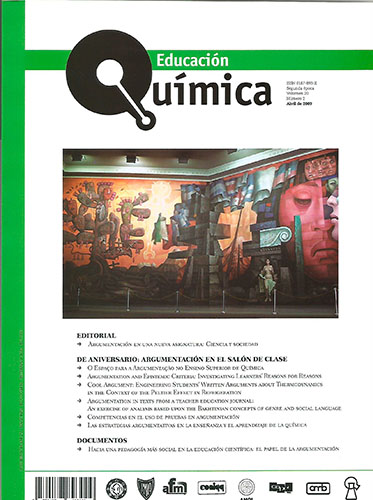Cool Argument: Engineering Students’ Written Arguments about Thermodynamics in the Context of the Peltier Effect in Refrigeration
Main Article Content
Abstract
In this paper, we investigate university engineering students’ written arguments in the context of the thermodynamics principles involved in refrigeration. The students were given writing frames to complete reports following investigations on thermoelectric coolers, sometimes called “thermoelectric module” or “Peltier cooler”. The device is a semiconductor-based electronic component that functions as a small heat pump. By applying a low voltage DC power source to a cooler, heat moves through the module from one side to the other. One module face, therefore, will be cooled while the opposite face is simultaneously heated. The task immerses students in the context of providing evidence and justifications for temperature change using general principles of thermodynamics. The context of the study provides examples on the nature of arguments in the applied field of engineering where appeals to scientific principles are made to justify the design of an industrial product. The writing frame engaged the students in the recording, analysis and interpretation of experimental data including data from a simulation program. Several lines of analyses have been conducted including the epistemic levels of students’ arguments. This paper will report on one aspect of analysis focusing on the quality of students’ written arguments. A simplified version of Toulmin’s Argument Pattern (1958) has been used as a guiding model to investigate the written arguments. Results indicate that very few students were able to accurately interpret the experimental data and only 35% of the arguments from 31 reports were valid. Most texts used conclusions that were not derived from the evidence used. We propose some rubrics to further support the writing and evaluation of arguments.
KEYWORDS: argumentation, Peltier effect, epistemic levels, Toluminn’s Argument Pattern
Article Details
Citas en Dimensions Service

Educación Química por Universidad Nacional Autónoma de México se distribuye bajo una Licencia Creative Commons Atribución-NoComercial-SinDerivar 4.0 Internacional.
Basada en una obra en http://www.revistas.unam.mx/index.php/req.




